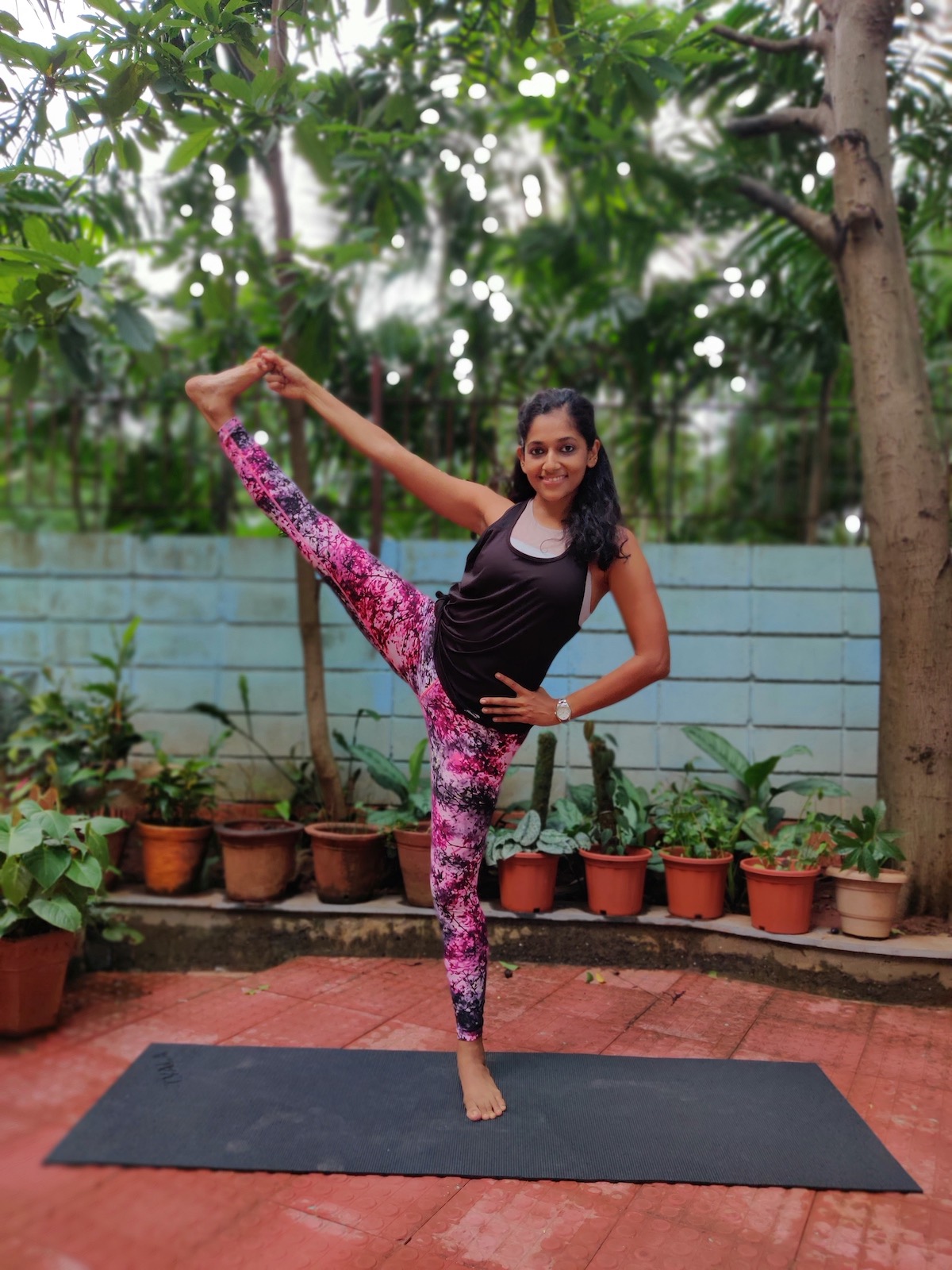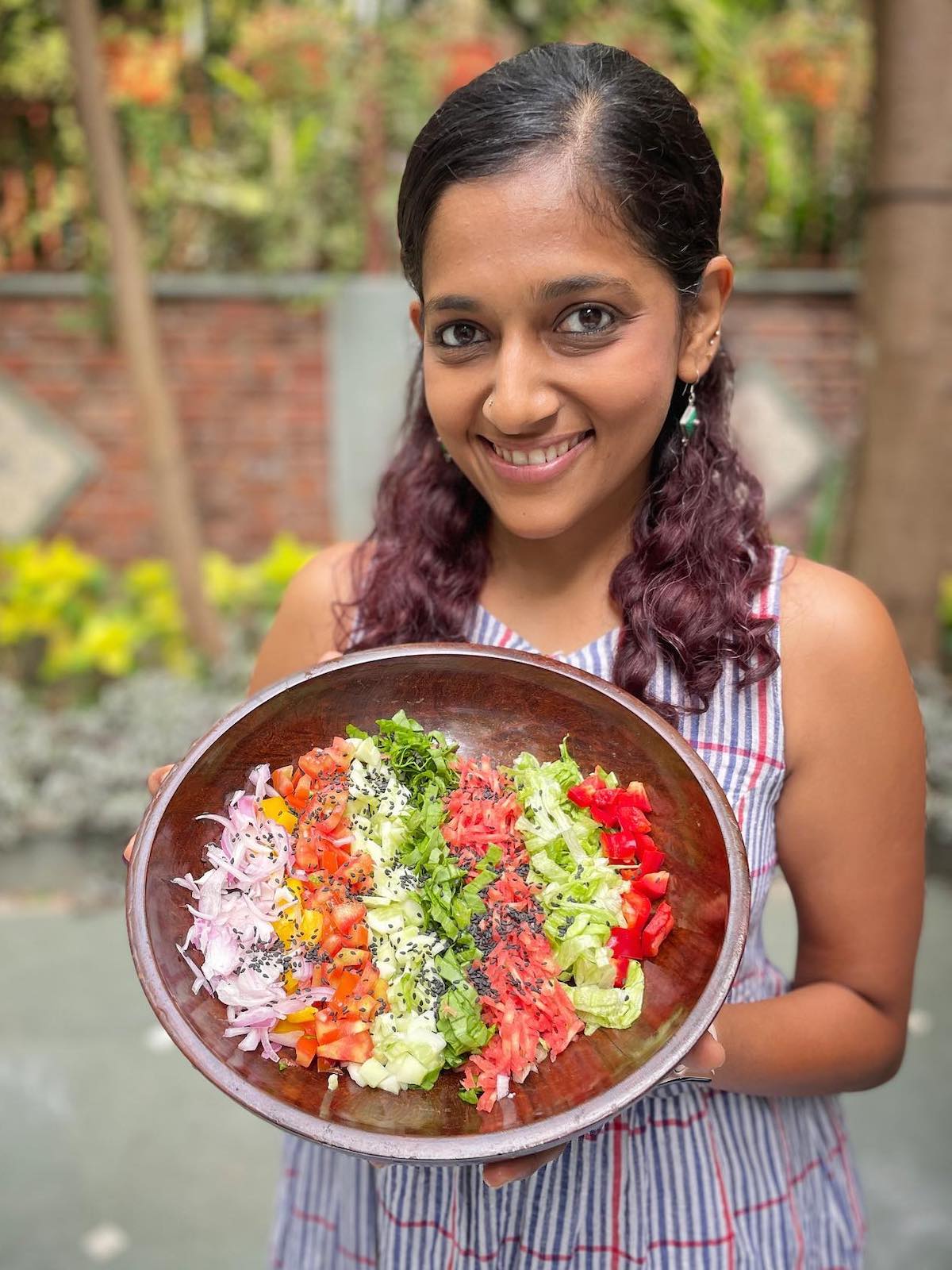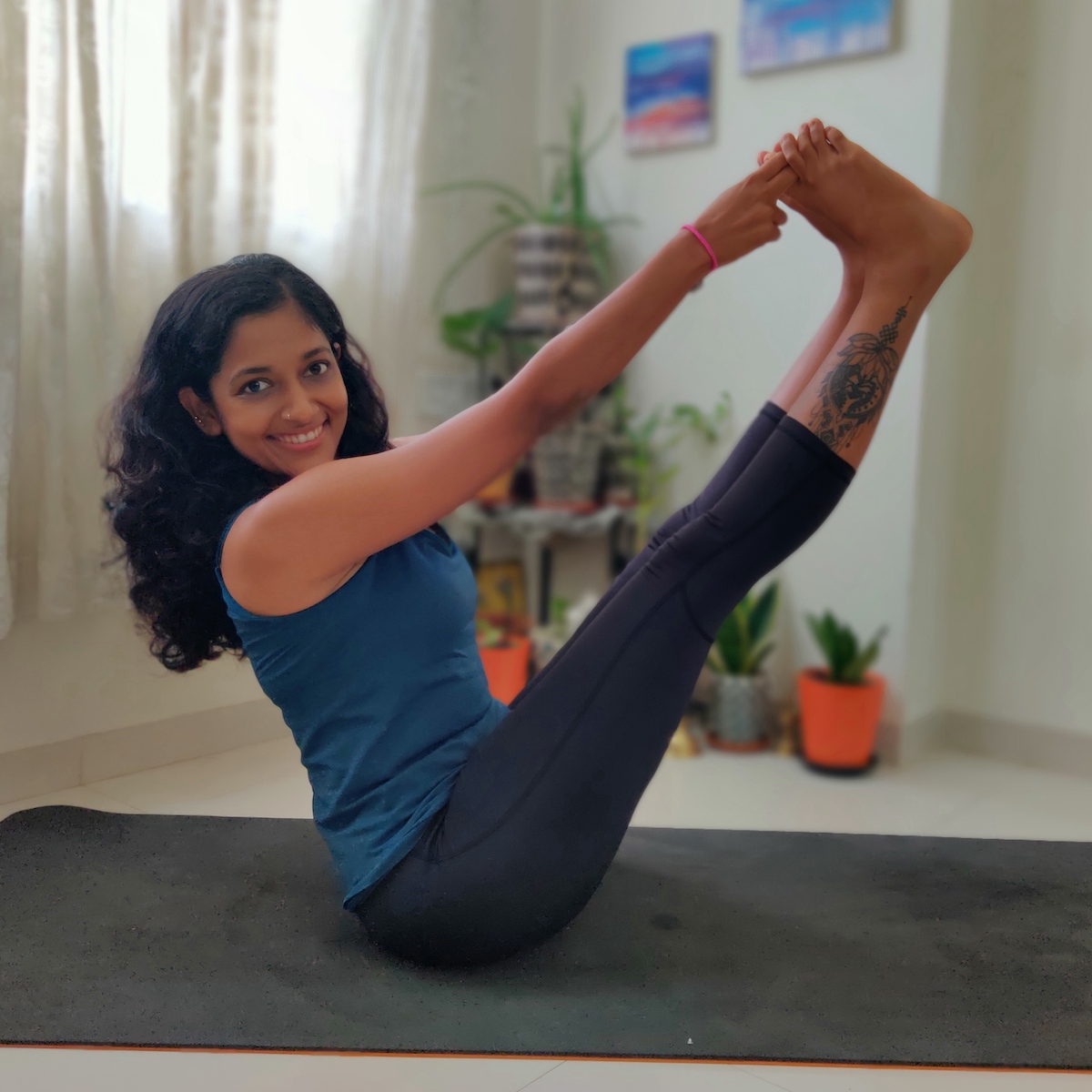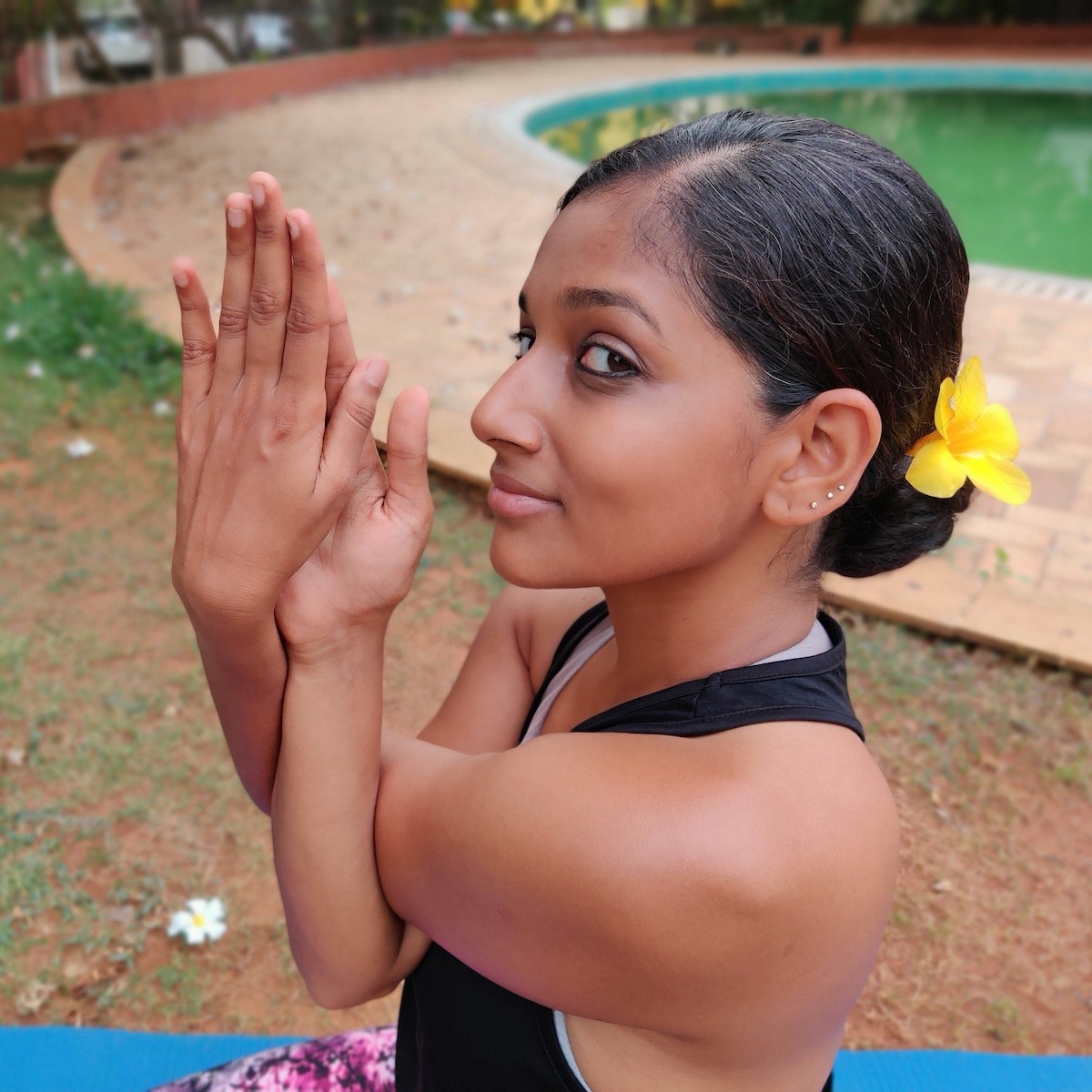12 years ago, I turned my life upside down. I became a yoga teacher and I turned vegan. What came first? It’s like the chicken-and-egg question for me.
Guest blog by Rashmi Ramesh
They both happened around the same time. I became vegan at a time when not many people knew what veganism was in India and also became a yoga teacher when very few took this up as a full-time profession.
With both of these big changes in my life, there were always many questions from others:
So what do you eat if you are vegan?
Or
You are into yoga? So what is your “full-time job”?
Thankfully now, both yoga and veganism have gained immense popularity.
While there have always been many questions about my food and career choices, I am happy to report that both have helped me develop a closer understanding of myself and a deeper level of empathy towards the environment and animals.
A Health Setback
Around the time I was 13 years old, I started experiencing intermittent swelling around my eyes and a constantly puffy face. There were other symptoms but the toughest one was that I felt tired all the time.
I endured this for a few years. My parents and many doctors tried different tests to check my liver, kidneys, and everything in between. Every test came back normal. Eventually a few years later after a doctor suggested I do a thyroid blood test, it turned out I had an autoimmune hypothyroid condition known as Hashimoto’s. This is a condition where people experience extreme lethargy to the point that it is very hard to get out of bed even after a good night’s sleep. Then there’s also a tendency to gain weight along with muscle and joint pain, dry skin, intolerance to cold weather, the list goes on. It was my sister who recommended that I should try going plant-based to see if it would make a difference to my symptoms and help me feel better.
Healing With Plants


I went plant-based for myself. Many people turn vegan for the planet or for the animals, that was a secondary reason for my switch. I will not lie, it was tough! Being from a South Indian family we ate a lot of yogurt made out of cows’ milk and I absolutely loved to end my meals with some yogurt (as most South Indians do). Yogurt and cheese are the things I craved the most once I stopped consuming dairy. When I turned vegan in 2010, there were no other dairy-free options available in India, nor did I know much about them. So I had no choice but to give it up without any alternatives. However, after about a year of being vegan, the smell of anything with any animal milk was quite off-putting, to say the least.
When I was very young, my parents realized I was lactose intolerant. So instead of consuming cows’ milk, my father, who traveled abroad for work, was able to get soy milk for me (safe to say there was barely any soy milk demand or supply in India in the 90s). Eventually, I did switch to consuming dairy products and it seemed to be working alright, except when I started showing symptoms of my autoimmune disorder.
Once I made the switch to a plant-based diet, I noticed that I had a lot more energy and my digestion improved greatly. This was also the time I upped my yoga practice to start teaching. Within days I could tell the difference in energy I had. I felt lighter, I could stretch my days longer and I started waking up feeling refreshed.
A lot of people warned me about the loss of calcium and also being protein deficient with a vegan diet, especially for someone like me who is very active throughout the day. More than 10 years after being vegan, I am alive and kicking. My annual blood work looks good. I add a lot of fresh fruits, vegetables, greens, nuts and seeds to my diet which gives me all the necessary nutrition I need to complement my workouts. I have the energy of a 20-year-old (ask my family!). I work out for at least two hours a day. My workouts range from swimming, cycling, and trekking or I do a boxing or HIIT class at the gym. If I’m not teaching a class, I am shooting videos for my YouTube channel.
How Yoga And Veganism Are Meant To Be

For me, being a yoga practitioner and being vegan go hand in hand. Traditional yoga philosophy is derived from the Patanjali Yoga Sutras which is essentially the handbook for most yoga teachers. In these texts, the great sage Maharshi Patanjali wrote about the ashtanga system or the eight limbs of yoga. The first limb is called yama which are the ethical and moral rules of yoga and the very first of all these ethical rules is ahimsa (non-violence).
Ahimsa calls for non-violence in thoughts and actions towards ourselves and all living beings by saying that we act in harmony with ourselves and with others, rather than harm. This, for me, encapsulates what being vegan means. Both yoga and veganism promote kindness and compassion.
After a decade of being a vegan yoga teacher, I have realized that yoga and veganism complement each other very well. Both yoga and veganism require a level of mindfulness and awareness that is essential to maintain a healthy lifestyle. Being mindful allows one to be more conscious and make ethical choices that align with the yogic philosophy of ahimsa.
As a practitioner of yoga I am always listening to my body and being kind to myself and as a vegan, I am doing my best to be kind to the animals and the planet.
While yoga can help develop more self-awareness through breath, movement, meditation and stillness, being vegan is an extension of this awareness by reducing the harms caused by our choices.

Rashmi Ramesh is a trained Dancer and Yoga Teacher based in Mumbai. Her YouTube channel, Yogalates with Rashmi has over 150,000 subscribers and has helped thousands of people around the world get healthy and fit. When she’s not teaching or creating content, she’s probably climbing a mountain or going scuba diving. You can find out more about her work on yogalateswithrashmi.com or follow her on Instagram.



